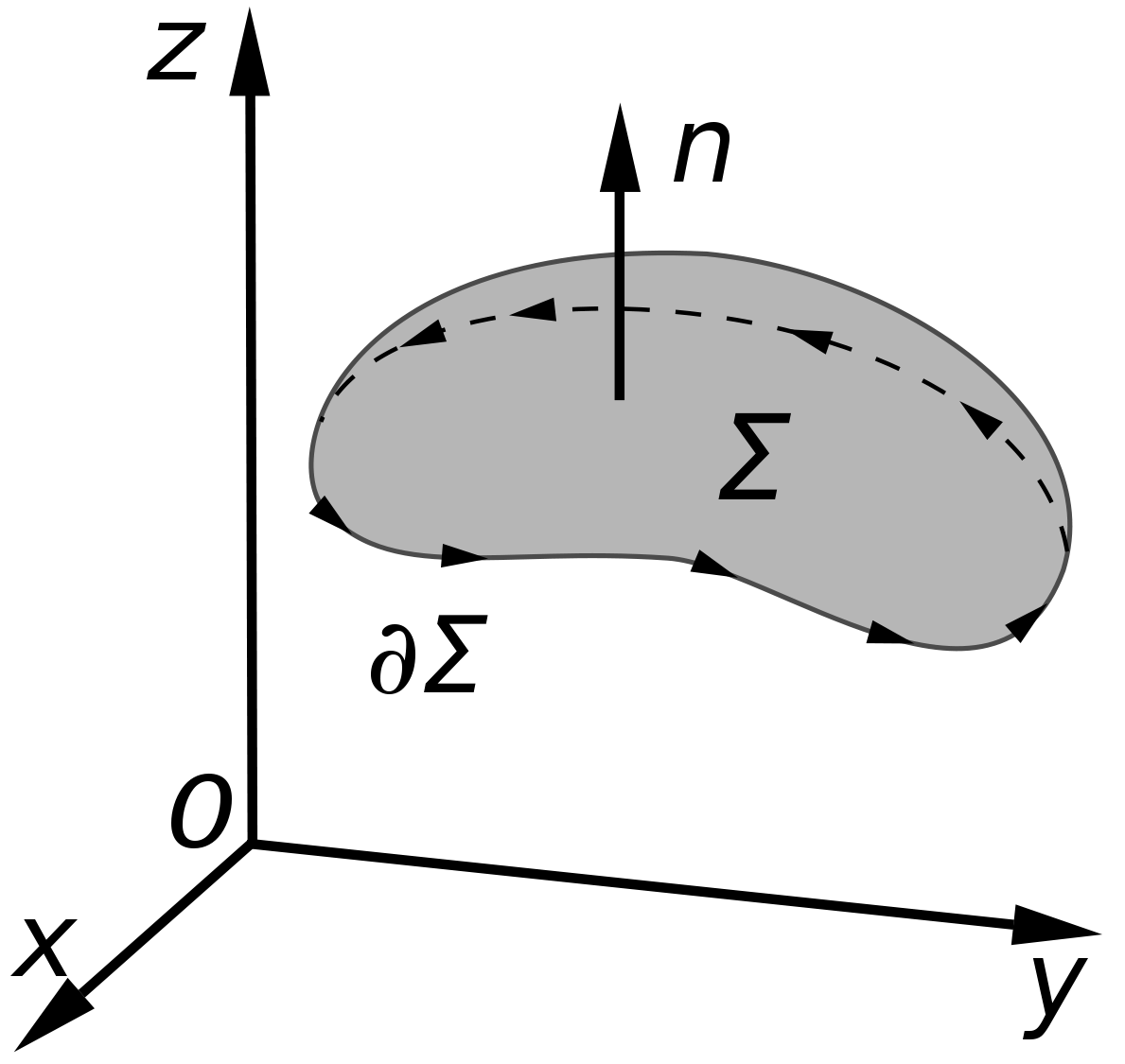What is the LCM of 16 12 and 18 by prime factorization method?
144
LCM of 12, 16, and 18 can be obtained by multiplying prime factors raised to their respective highest power, i.e. 24 × 32 = 144. Hence, the LCM of 12, 16, and 18 by prime factorization is 144.
What is the LCM of 24 52 and 36?
5. Calculate the LCM. The least common multiple of 24, 36 and 52 is 936.
What is the LCM of 24 36 and 72?
72
Answer: LCM of 24, 36, and 72 is 72.
What is the LCM of 10 12 and 15 using prime factorization?
60
LCM of 10, 12, and 15 by Prime Factorization LCM of 10, 12, and 15 can be obtained by multiplying prime factors raised to their respective highest power, i.e. 22 × 31 × 51 = 60. Hence, the LCM of 10, 12, and 15 by prime factorization is 60.
What is the LCM of 10 and 12 and 18?
The LCM of 18,10,12 18 , 10 , 12 is the result of multiplying all prime factors the greatest number of times they occur in either number. The LCM of 18,10,12 18 , 10 , 12 is 2⋅2⋅3⋅3⋅5=180 2 ⋅ 2 ⋅ 3 ⋅ 3 ⋅ 5 = 180 .
What is a lowest common factor?
The lowest common multiple (LCM) is the lowest multiple shared by two or more numbers. For example, for the numbers 2 and 5, the lowest common multiple is 10 – the number both numbers can multiply into without a remainder.
What is LCM factor?
The Least Common Multiple ( LCM ) is also referred to as the Lowest Common Multiple ( LCM ) and Least Common Divisor ( LCD) . For two integers a and b, denoted LCM(a,b), the LCM is the smallest positive integer that is evenly divisible by both a and b. For example, LCM(2,3) = 6 and LCM(6,10) = 30.
How do you calculate LCM GCSE?
In order to calculate the lowest common multiple for two or more numbers:
- State the product of prime factors of each number, not in index form.
- Write all the prime factors into the Venn diagram for each number.
- Multiply each prime factor in the Venn diagram to find the LCM.
What are the methods to find LCM?
There are three major methods to find the LCM of numbers, such as: Listing the multiples of the given numbers, prime factorisation of numbers and by division method.
What is a prime factorisation?
We define a prime factor of any given number to be any factor that the number has, that is also a prime number. Every positive whole number has a unique prime factorisation – a list of prime numbers that, when multiplied together, give you the original number. In more complicated cases, we use something called a factor tree.
How do you find the LCM of a prime factorization?
Find the LCM using the prime factors method. Find the prime factorization of each number. Write each number as a product of primes, matching primes vertically when possible. Bring down the primes in each column. Multiply the factors to get the LCM. In the following exercises, find the prime factorization of each number using the factor tree method.
Why is it important to understand prime factors?
Understanding prime factors is important to be able to find the Lowest Common Multiple (LCM) and Highest Common Factor (HCF) of two or more numbers. Make sure you are happy with the following topics before continuing.
What is the least common multiple of two numbers?
The smallest number that is a multiple of two numbers is called the least common multiple (LCM). So the least LCM of and is Find the least common multiple (LCM) of two numbers by listing multiples. List the first several multiples of each number.
